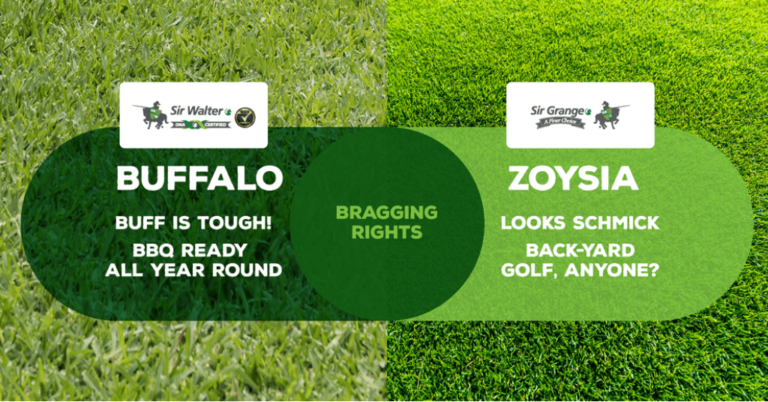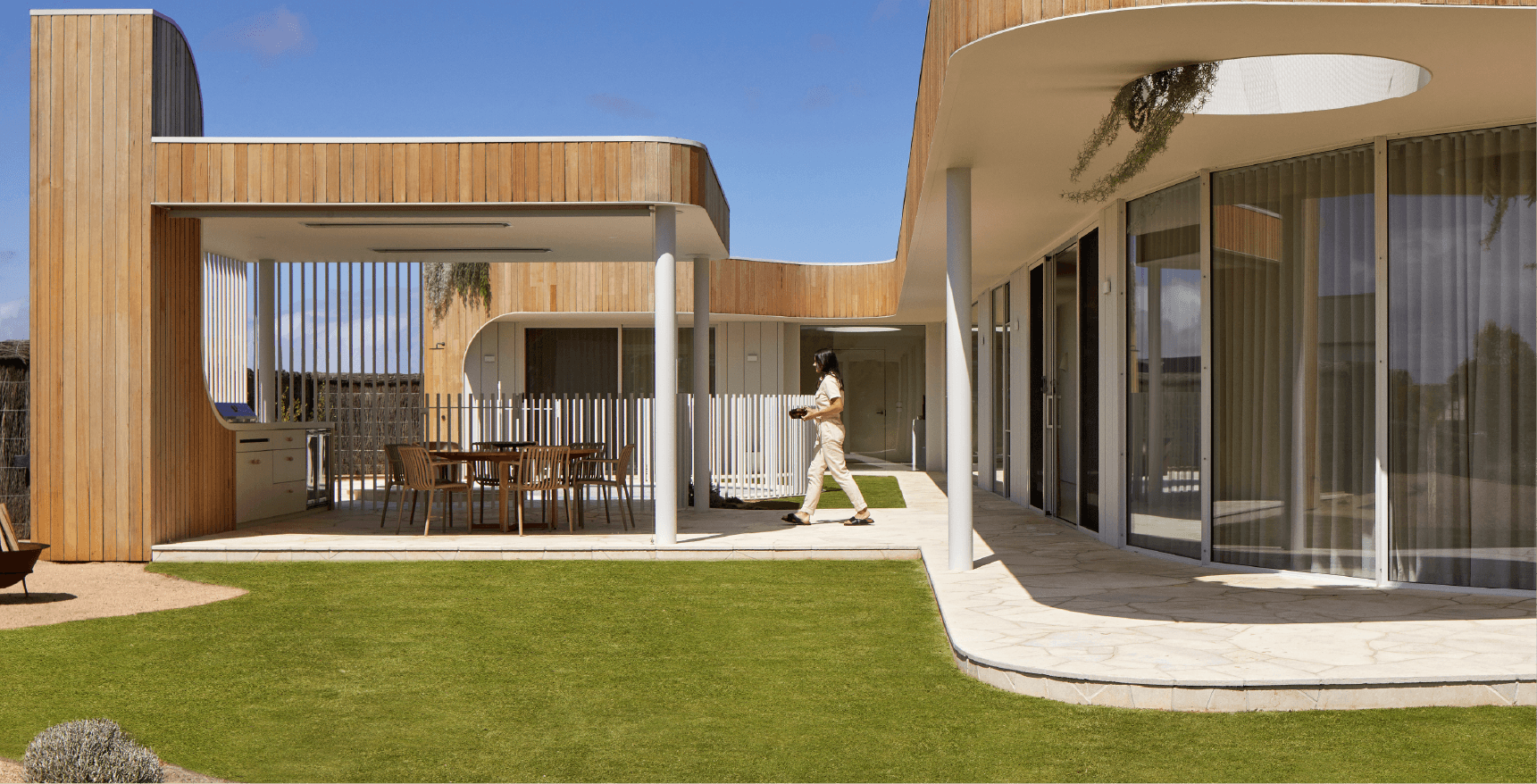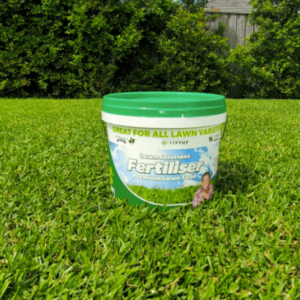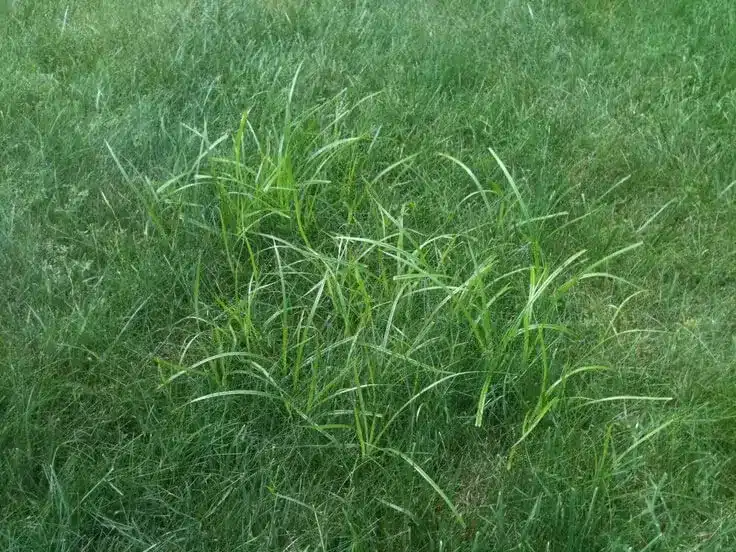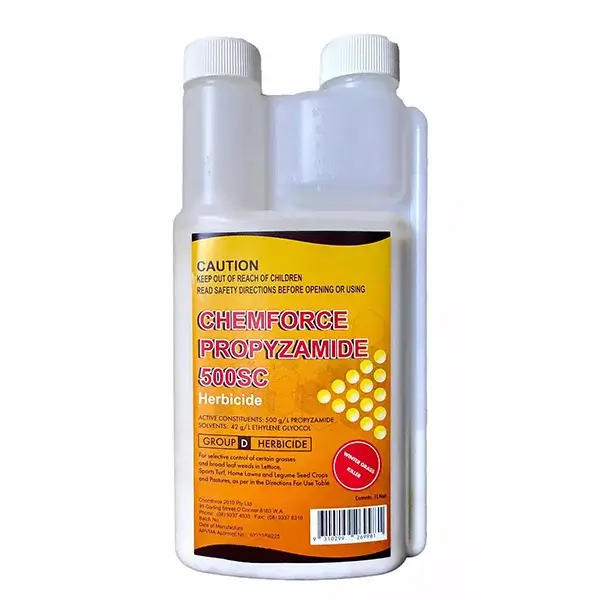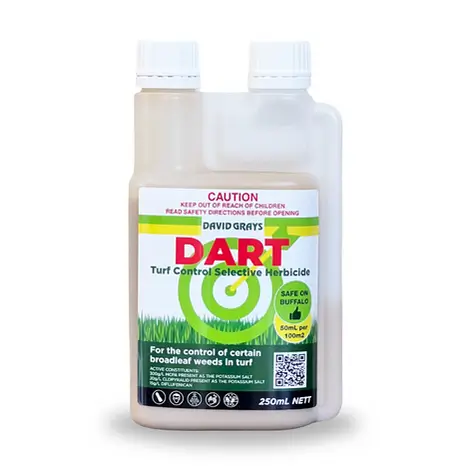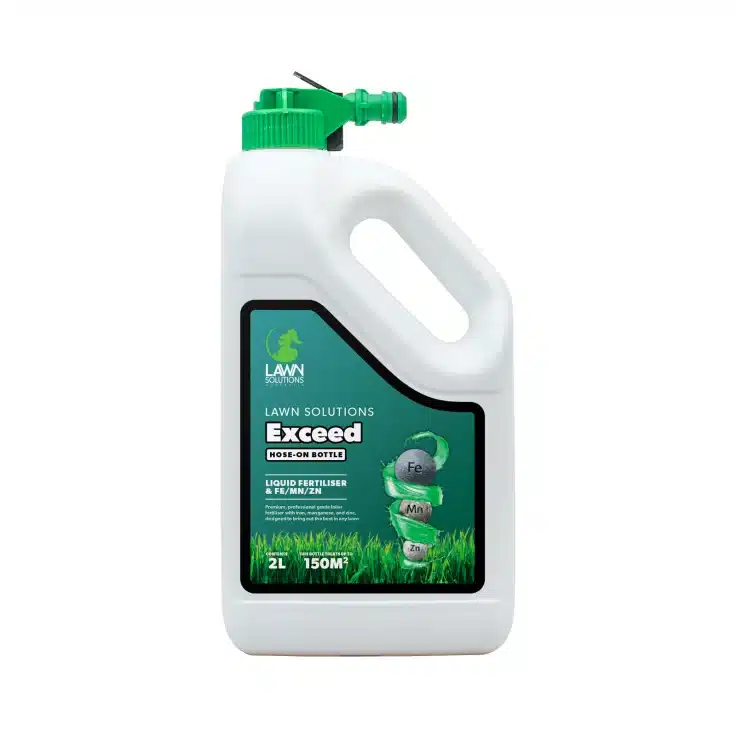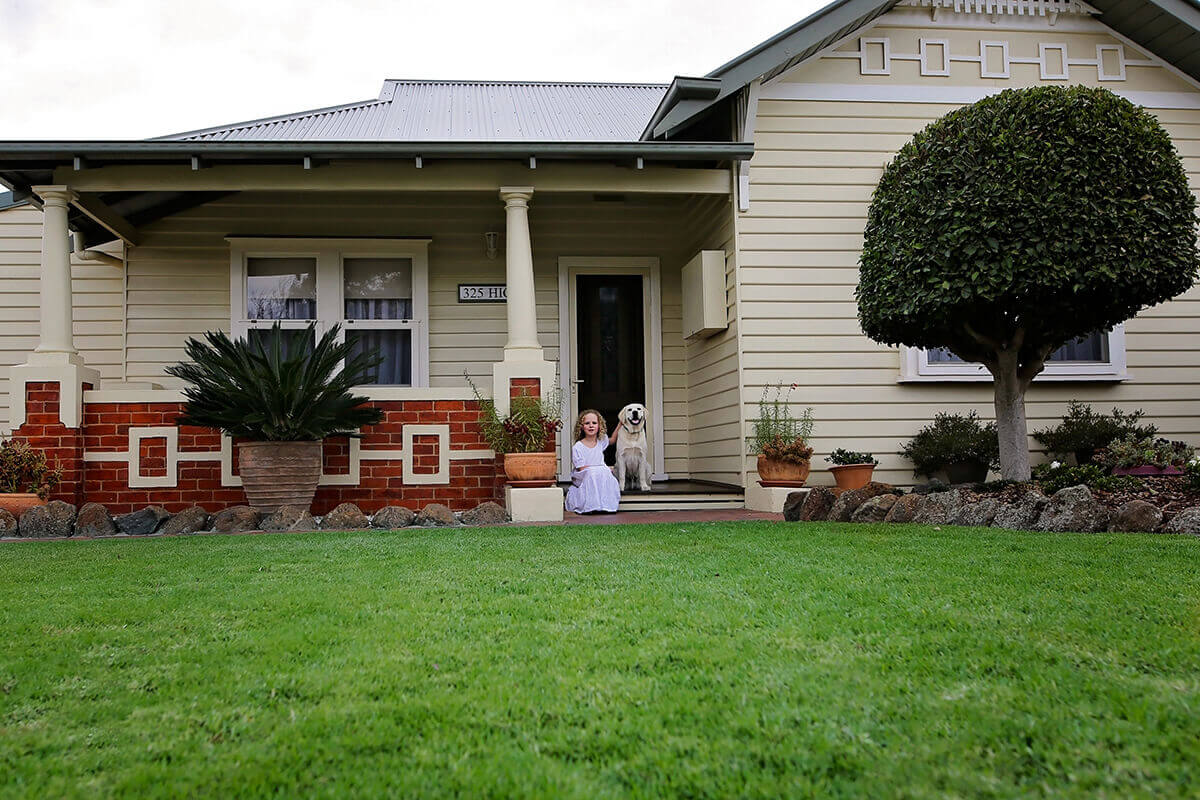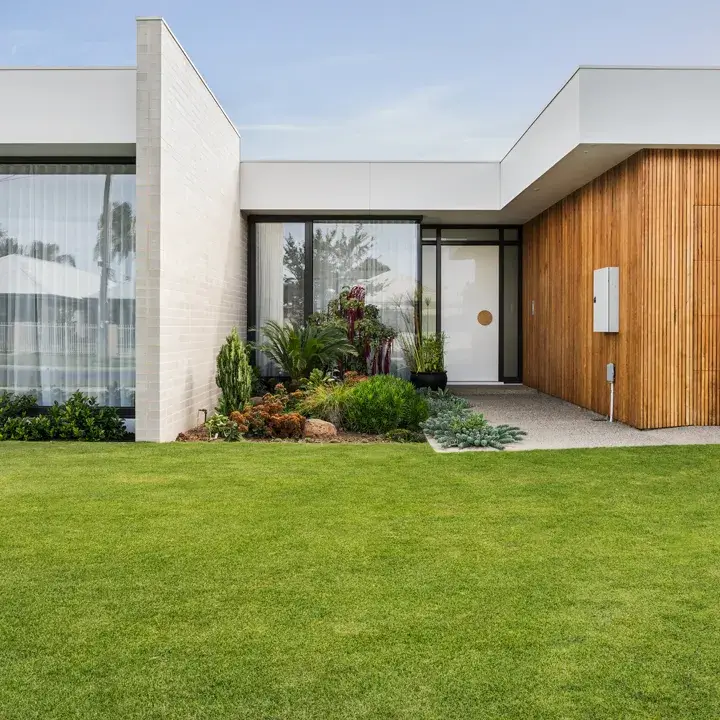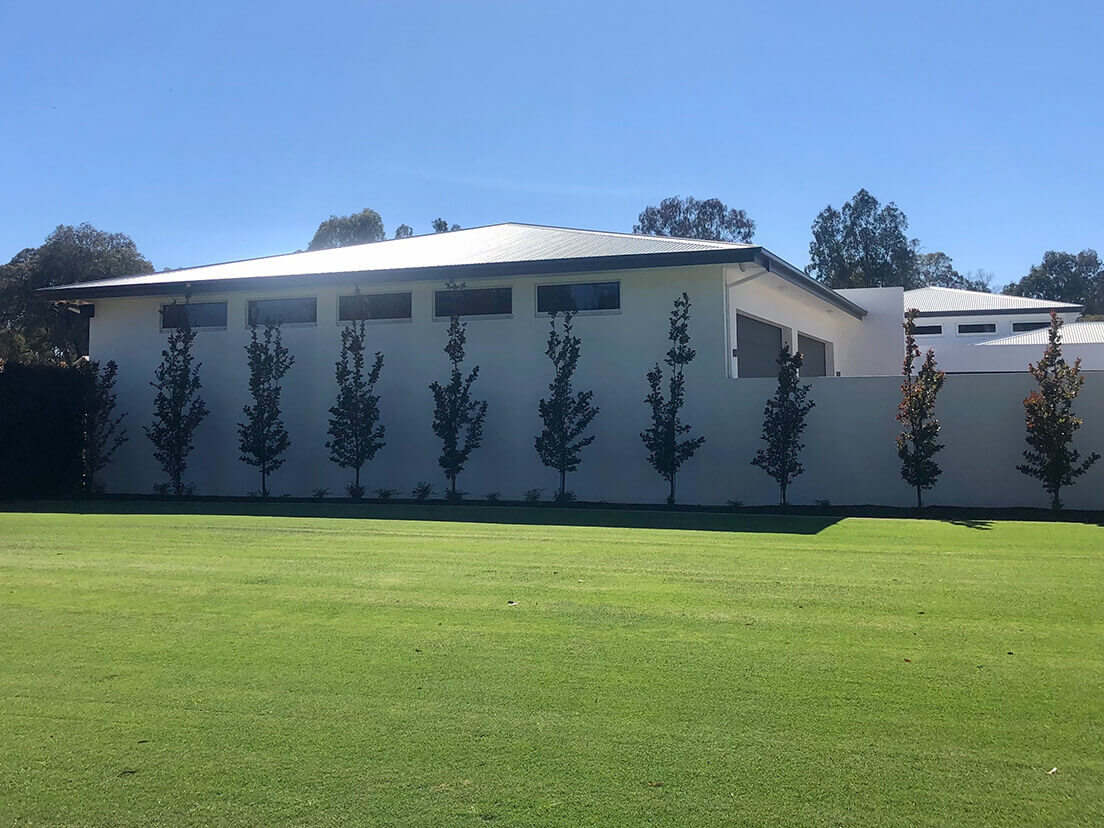There are so many varieties of turf available on the market and it’s not always easy to decide on which way to go. We’re shining the spotlight on two of our most popular grasses: Buffalo and Zoysia, to help you choose the lawn that’s right for you.
Buffalo Grass
Buffalo is a warm season turfgrass variety that boasts a broad, soft luscious leaf that is deep green in colour. The Buffalo species originates from North, South and Central America as well as parts of Africa. Most varieties available in Australia are soft leafed and establish themselves using a non-invasive, ‘stoloniferous’ growth system, meaning their stems are above ground only. This unique growth habit is an appealing key characteristic that makes Buffalo a perfect choice for a residential home yard environment because it won’t invade your garden beds and needs no chemicals to manage and maintain for the longer term life of your lawn.
Zoysia Grass
Zoysia is also a warm season grass which spreads by both above and below ground rhizomes and stolons. Zoysia’s leaf blade is much finer than Buffalo, at about 5mm wide, giving it that perfectly manicured golf-green look. It is native to the Pacific regions as well as Southeast Asia, with three main types available: Zoysia Japonica, Zoysia Macrantha and Zoysia Matrella.
Is Buffalo the way to go? We recommend…
As well as being our #1 selling and best performing residential turf variety, Sir Walter DNA Certified Buffalo is the star of the Buffalo grasses and is the most proven in the Buffalo species category in Australia. Australian born and bred, the Sir Walter DNA Certified instant lawn variety is an outlier in the turf world and has well and truly stood the test of time. There is nothing Sir Walter can’t handle. It will grow in full sun or shade, is low maintenance and can tolerate high levels of traffic including pets and backyard cricket action. If mown at the correct mowing height (around 30-50mm) it will retain its soft texture underfoot. Frequent mowing will also ensure it maintains plant density essential for blocking out unwanted winter weeds and the glamourous, deep green colour it is known for.
Our pick for Zoysia
With an absolute brag worthy finish, Sir Grange Zoysia, from the Zoysia Matrella family is at the other end of the spectrum aesthetically to Buffalo grasses, with its signature, extremely fine leaf. Its slow growth habit means it can be left unmown or mown short while still looking great. Sir Grange loves full sun and once firmly established will tolerant part shade environments. Well maintained Sir Grange lawns have incredible plant density, and is effective at keeping unwanted weeds at bay, making it difficult to penetrate during the summer active growing season. Sir Grange sure is a show stopper, with its versatility around mowing heights, it can imitate a professional bowling green or show garden look.
Tolerance to Shade
Buffalo’s broader leaf means that it’s able to absorb sunlight more readily than other turf varieties. Buffalo thrives off a minimum of 3-4 hours of direct light, making it the king of turf in shade. In fact it’s high degree of shade tolerance teamed with its low maintenance appeal are the two primary reasons it is used so widely in residential landscape projects.
Given its fine leaf, Zoysia varieties require more sunlight than other grasses, like Buffalo. Around 5 hours of direct sunlight is recommended. Once established, Sir Grange Zoysia will tolerate a higher level of shade tolerance than other varieties of its kind- needing around 4 hours of direct light as a minimum requirement each day.
Wear and Tear
Buffalo grasses can handle plenty of traffic thanks to a strong above ground root system (aka: stolons/runners), which gives it the ability to self repair if damaged from wear and tear, lack of irrigation or dog urine. It is however a little slower to repair than couch and kikuyu however as once damaged Buffalo turf needs time to repair its above ground stolons and spread back over an area. This slower growth habit of a Buffalo is one of the reason it is lower maintenance than a couch or kikuyu – so its a bitter sweet moment at this stage of the turf purchasing process to consider how quick you need turf to repair in your yard, or if you anticipate minimal damage, and therefore prefer a slower growing, lower maintenance turf type to suit your needs for the longer term.
Zoysia also has a good wear tolerance, but its growth system of stolons and rhizomes are even slower growing than a Buffalo and if damaged, can take a significant length of time to repair than other varieties. This is especially the case in Victoria where the growing season for Zoysia is limited to between November and March. For this reason we do not recommend any home owners with pets (specifically dogs) choose Sir Grange for residential home yards in Victoria.
Mowing and Maintenance
With both Buffalo and Zoysia, it is recommended to remove no more than one third of the leaf blade at a time when mowing (unless dethatching). This will ensure minimal stress on the lawn which means your turf will always be looking its best.
Buffalo will require more frequent mowing during the summer months as it too is a warm season variety. Over the cooler months its growth pattern slows dramatically during its winter dormancy period, which means you will have minimal mowing requirements between July, August and into September, depending on the season. Buffalo is best kept between 30 and 60mm- a little higher in the winter and shorter when it’s warm.
The leaf blades of Zoysia grasses, including Zoysia Matrella contain a high amount of silicon, making the leaf very hardy. When mowing your Zoysia lawn, it is important to make sure the blades on your mower are sharp to prevent tearing and trauma to the leaf. Best kept between 5-50mm, Zoysia can also be left unmown, though in the warmer months will require more frequent mowing.
Watering
You need to ensure you provide adequate irrigation for both varieties during a new turf establishment project to ensure a successful end result. Ensure the roots stay damp and the turf does not become dehydrated to prevent shrinking. Signs of dehydration include wilting leaves and dried out turf. Once firmly established, water only when necessary and for longer periods of time to encourage resilience to drought and to encourage these lawn varieties to establish their roots deeper into the soil.
For specific advice on which turf variety might be best suited to you, your home, and your lifestyle, have a chat with one of our friendly turf specialists here at Coolabah Turf.

